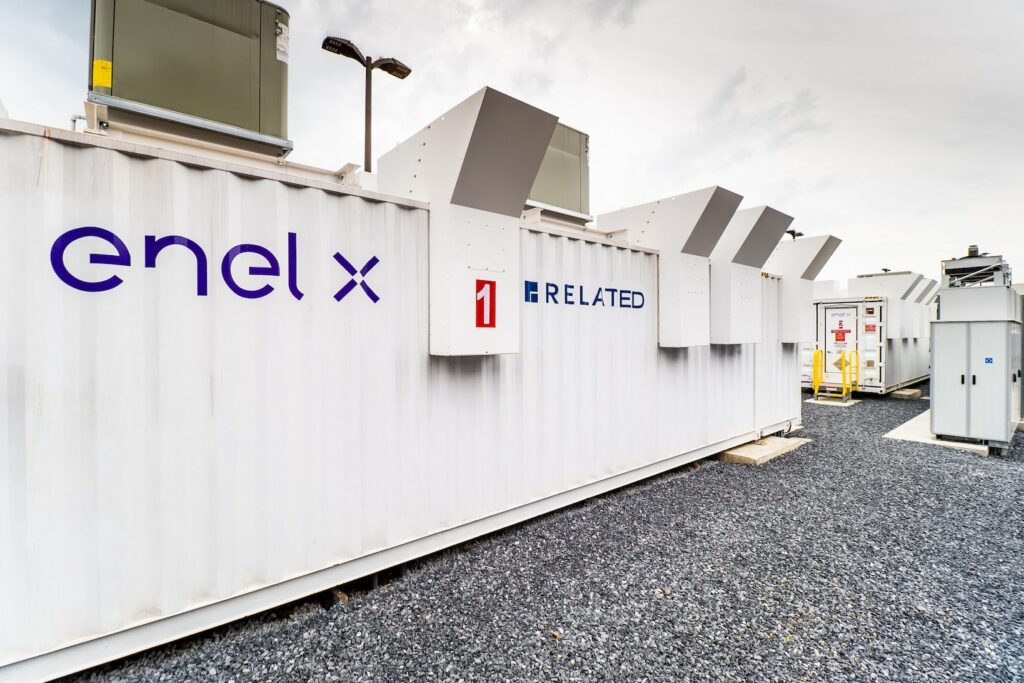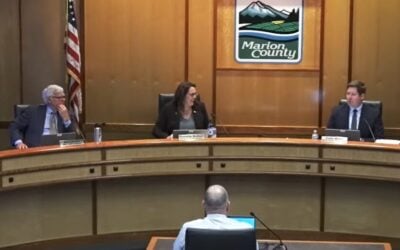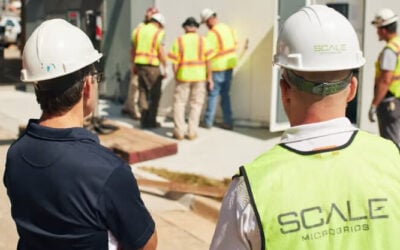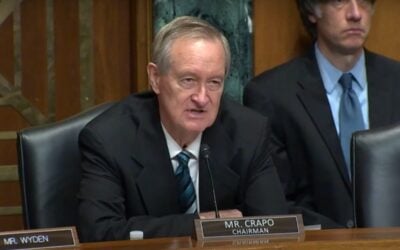
New York’s recently proposed programme to promote the deployment of energy storage has been well-designed to create a robust market in the state for everything from residential to large-scale.
That’s the reaction of Dr William ‘Bill’ Acker, executive director for the New York Battery and Energy Storage Technology Consortium (NY-BEST) to the state’s recently published Energy Storage Roadmap 2.0.
Enjoy 12 months of exclusive analysis
- Regular insight and analysis of the industry’s biggest developments
- In-depth interviews with the industry’s leading figures
- Annual digital subscription to the PV Tech Power journal
- Discounts on Solar Media’s portfolio of events, in-person and virtual
Acker told Energy-Storage.news that the programme is well-aligned with what the trade and technology group would like to see, applauding regulators and authorities for listening and taking input from a broad range of stakeholders.
“We’re really excited about how New York State is positioned right now. With the roadmap we’ll be creating a very, very strong market for energy storage in the state,” Acker said.
Roadmap 2.0 was published a few days before the end of 2022, authored by the New York State Energy Research and Development Authority (NYSERDA) and the New York Department of Public Service.
It included for the first time a proposed programme to procure grid-scale energy storage resources through a tender process, which had been briefly previewed by NYSERDA VP of distributed energy David Sandbank at a September 2022 event.
As regular readers of this site will know, New York’s Climate Leadership and Community Protection Act legislation sets the state the policy goal of reaching a carbon-free electricity grid by 2040. It also requires for a 70% emissions-free grid by 2030, and an accompanying 6GW of energy storage deployments by that interim date.
That figure will be shared across three market segments: bulk energy storage, retail and residential, with the first two defined as broadly corresponding to grid or utility-scale and commercial and industrial (C&I) respectively.
New York’s first Roadmap, published in 2018, led to a small handful of bulk storage projects being awarded contracts through a direct incentive programme, and a greater amount of activity in retail.
In Roadmap 2.0’s revised programme to stimulate activity, solicitations for bulk storage facilities, defined as more than 5MW per asset, will be held, while a direct incentive programme for retail storage will be retained.
With about 1.3GW of energy storage contracted or awarded in New York State thus far, the new proposals will bring it to the full 6GW target, including 3GW of bulk storage solicitations – if regulators approve the plan later this year.
How the Index Storage Credit solicitations will work
New York’s proposed solicitations are for so-called Index Storage Credits, whereby energy storage project developers bid a strike price into a state-hosted bulk storage procurement, Bill Acker explained.
“That strike price will indicate the revenue levels that they need to realise for the project, and then the state will create a reference price indicator that is a mechanism to look at what the project can reasonably earn in the standard ISO markets for capacity and day ahead energy,” Acker said.
The state will then pay the developer the difference between that reference price and the strike price, if the reference prices is below the strike price. If a developer earns less from ISO market participation than would be required to make the project economics pencil out, as put forward in the original bid, the state pays out, to a “reasonable” level, Acker said.
“The nice thing about this programme is that it still puts performance risk on the developers. The developers still have to develop the project cost effectively, they still have to operate them well, they still have a stake in the ISO market. So, it still preserves the market mechanisms that make things efficient. But it provides a programme that reduces risks and allows these projects to be built in this dramatic transformation environment that we’re in.”
Energy-Storage.news’ publisher Solar Media will host the 5th Energy Storage Summit USA, 28-29 March 2023 in Austin, Texas. Featuring a packed programme of panels, presentations and fireside chats from industry leaders focusing on accelerating the market for energy storage across the country. For more information, go to the website.






